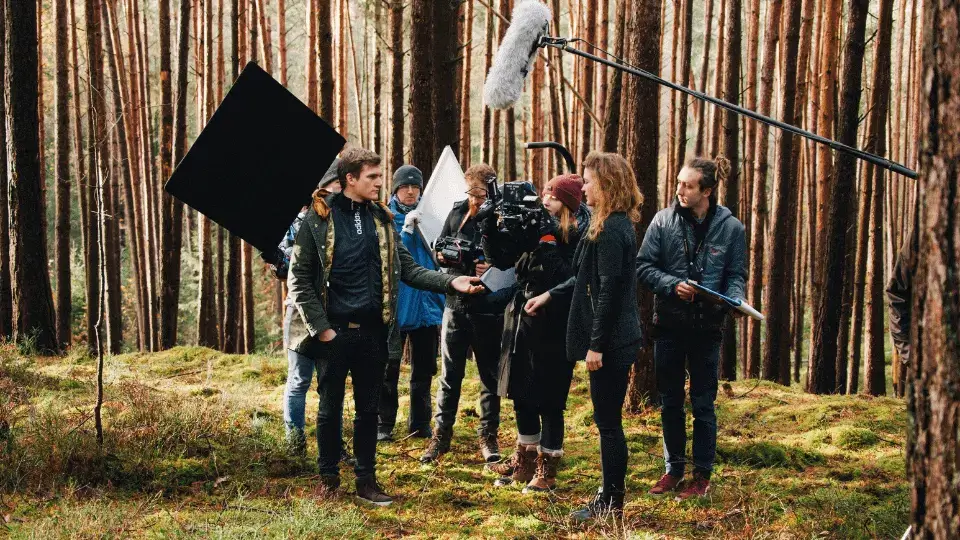The Schindler’s List Screenplay’s Secrets for Aspiring Writers & Filmmakers
Discover the secrets and power behind the Schindler’s List screenplay in this comprehensive blog post for aspiring writers and filmmakers. Explore the importance of research, character development, visual storytelling, dialogue, and collaboration. Unlock valuable insights to enhance your storytelling skills. Don’t miss the key takeaways, including a recommended online course for pursuing a successful career in the film and TV industry.










